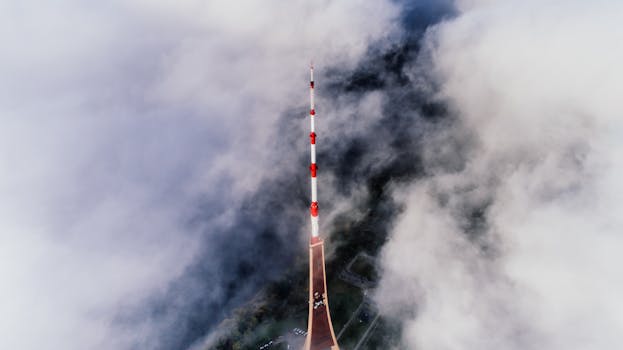
GEO Satellites: Understanding the Technology and Applications of Geostationary Orbit Satellites
GEO satellites, or geostationary orbit satellites, are a type of satellite that orbits the Earth at an altitude of approximately 36,000 kilometers, remaining stationary relative to a fixed point on the equator. This unique characteristic allows GEO satellites to provide continuous coverage of a specific region, making them ideal for a variety of applications. In this article, we will delve into the technology and applications of GEO satellites, exploring their role in modern telecommunications and beyond.
History and Development of GEO Satellites

The concept of GEO satellites dates back to the 1940s, when science fiction writer Arthur C. Clarke proposed the idea of using satellites in geostationary orbit to transmit television signals. However, it wasn’t until the 1960s that the first GEO satellite, Syncom 2, was launched. Since then, the technology has evolved significantly, with advancements in materials, propulsion systems, and electronics enabling the development of more efficient and capable satellites. Today, there are hundreds of GEO satellites in orbit, providing a wide range of services including television broadcasting, telecommunications, and weather forecasting.
Applications of GEO Satellites

GEO satellites have a multitude of applications, including television broadcasting, telecommunications, weather forecasting, and navigation. They are also used for military communications, Earth observation, and scientific research. One of the most significant advantages of GEO satellites is their ability to provide continuous coverage of a specific region, making them ideal for applications that require real-time data transmission. For example, GEO satellites are used to transmit television signals, providing access to news, entertainment, and educational programming to millions of people around the world.
Technology and Components of GEO Satellites

GEO satellites are complex systems that consist of several key components, including the payload, spacecraft bus, and propulsion system. The payload is the part of the satellite that carries the instruments and antennas necessary for its intended application. The spacecraft bus provides the structural and thermal support for the payload, as well as the power and communication systems. The propulsion system is used to maneuver the satellite into its desired orbit and maintain its position. GEO satellites also rely on advanced materials and technologies, such as solar panels and fuel cells, to generate power and extend their lifespan.
Challenges and Future Developments

Despite the many advantages of GEO satellites, there are also several challenges associated with their use. One of the most significant challenges is the risk of collisions with other satellites or space debris, which can cause significant damage and disrupt services. Additionally, GEO satellites are subject to the effects of solar and cosmic radiation, which can impact their performance and lifespan. To address these challenges, researchers and manufacturers are developing new technologies and strategies, such as advanced propulsion systems and more efficient materials. As the demand for satellite services continues to grow, it is likely that GEO satellites will play an increasingly important role in modern telecommunications and beyond.
See more:





